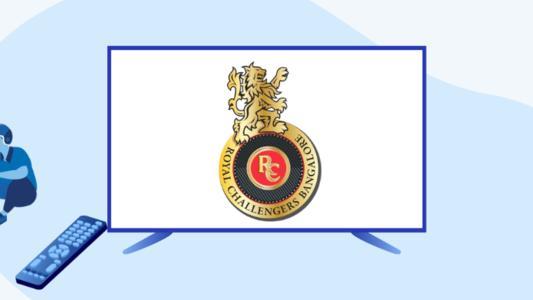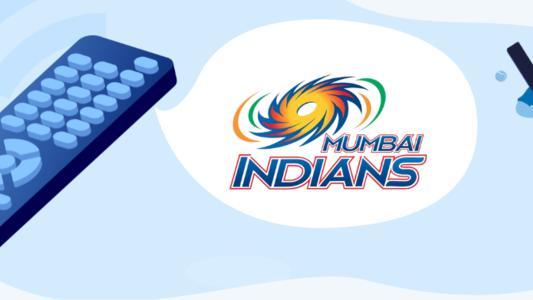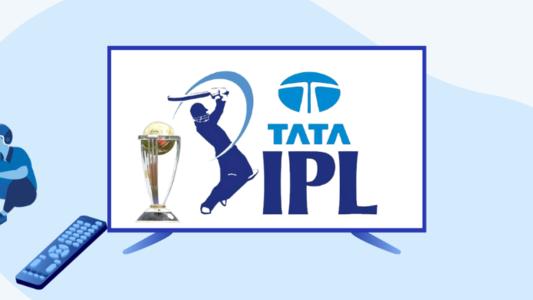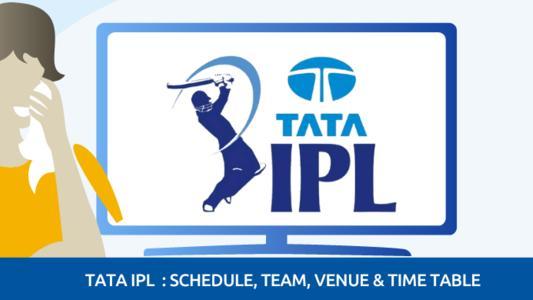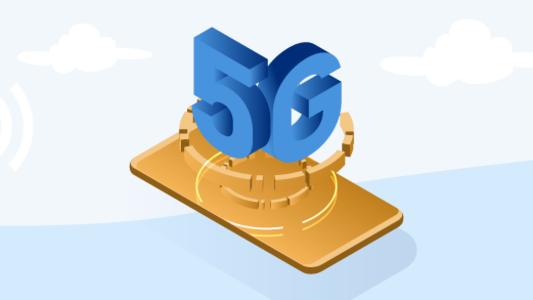What is DOT? Read About DOT, Functions, Rules, and Regulations
Did you know that the world’s biggest economies have a dedicated administration looking after the management of spectrum use, developing and managing broadband internet, conducting telecommunications-related research, and advising the president on telecommunications and information policy issues?
Take the case of the USA’s National Telecommunications and Information Administration or the UK’s Ofcom. Both these strong economies have sophisticated administrations to regulate and monitor the telecommunications sector in their countries.
Similarly, India, the world’s second-largest telecommunications market, has a Department of Telecommunications abbreviated as DoT that works under the auspices of the Ministry of Communications & Information Technology.
DoT’s vision is to provide secure, reliable, affordable, and high-quality converged telecommunication services anytime, anywhere for an accelerated inclusive socio-economic development.
In this Selectra article, we will walk our readers through the history of the Department of Telecom, its powers, rules, regulations, and responsibilities.
Here we go!
History of DOT
We will share with you DoT’s history in Selectra style by writing quick and short points rather than dragging the content into long and irrelevant sentences. So here we go:
- 1850: Until 1850, postal was the sole mean of communication. However, in 1850 experimental electric telegraph started for the first time in India. Where? Between Calcutta and Diamond Harbor!
- 1854: After a couple of years, when these electric telegraph services started for the British East India Company, they opened a separate telegraph department for the public. Several measures were taken to develop the telecom industry in India.
- 1881: Oriental Telephone Company Limited of England opened telephone exchanges at Kolkata, Mumbai, Chennai, and Ahmedabad.
- 1882: A breakthrough achievement was made by establishing the first formal telephone. (Umm, interesting, how many users subscribed to it? Well, a total of 93!)
- 1902 onwards: A massive change movement took place with a drastic shift from cable telegraph to wireless telegraph, radiotelephone, trunk dialing. By now, all major Indian towns had access to telephones.
- 1975: DoT was separated from Indian Post and Telecommunication and was held responsible for telecom services across the length and breadth of India.
- The 1990s: Finally, the Indian telecom sector was opened up for private investment.
- 1995: Establishment of the Telecom Regulation Authority of India (TRAI).
What Are the Key Responsibilities Undertaken By The DOT?
The Department of Telecom India formulates and develops policies to accelerate the growth of telecommunication services in India.
Essentially, DoT is responsible for:
- granting licenses for various telecom services like Unified Access Service Internet and VSAT services;
- frequency management in radio communication in close cooperation with international institutions;
Additionally, DoT also administers wireless regulatory measures by monitoring the wireless transmission of Indian users within the Indian geographical borders.
DOT Acts, Rules, and Regulations
DoT has several acts and rules that help regulate and monitor the different elements of the Indian telecom industry. Below is a list of the main DoT Acts and DoT Rules.
We have also attached the respective links of the acts and rules in case you wish to dig deeper about a specific sub-act or rule.
- Indian Telegraph Rule;
- Indian Telegraph Act;
- India Wireless Act 1993;
- Telecom Regulatory Authority of India(TRAI) Act, 1997;
- Information Technology Act, 2000;
- Subordinate Legislation.
DOT Statutory Bodies
The statutory bodies of the Department of Telecommunication include TDSAT (Telecom Disputes Settlement and Appellate Tribunal) and TRAI (Telecom Regulatory Authority of India).
The Telecom Disputes Settlement and Appellate Tribunal
In 2000, TDSAT was set up to bring functional clarity and strengthen the regulatory framework and disputes settlement mechanism in the Indian telecom industry.
The TDSAT consists of a Chairperson and two Members appointed by the Central Government and holds power to exercise jurisdiction over Telecom, Broadcasting, IT, and Airport tariff matters.
The Telecom Regulatory Authority of India
In 1997, TRAI was set up by the Act of Parliament to regulate telecom services, including fixation and revision of tariffs for telecom services which previously vested in the Central Government.
TRAI’s primary objective lies in providing a fair and transparent policy environment that levels the playing field and facilitates fair competition.
DOT Functions
In this section, we have broken down every small function performed by the DOT concerning its responsibilities. Hold on tight because this DoT functions list is exhaustive!
- Forms policies, manage licensing and coordination matters relating to telegraphs, telephones, wireless, data, facsimile and telematic services, and other forms of communications.
- Maintain international cooperation in matters concerning telecommunications, including matters relating to international telecommunication bodies such as International Telecommunication Union (ITU), its Radio Regulation Board (RRB), Radio Communication Sector (ITU-R), Telecommunication Standardization Sector (ITU-T), Development Sector (ITU-D), International Telecommunication Satellite Organization (INTELSAT), International Mobile Satellite Organization (INMARSAT), Asia Pacific Telecommunication (APT).
- Promote standardization, research, and development in telecommunications.
- Lead the promotional activities for private investment in telecommunications.
- Provide financial assistance in research and study of telecommunications technology.
- Manage Digital Communications Commission, TRAI, and TDSAT.
- Lead the execution of land works, land purchase, and land acquisition pertaining to telecommunications.
- Lastly, deal with all matters concerning the Centre for Development of Telematics (C-DOT).
DOT Training Centres
The Department of Telecommunication has two training centers, namely, NTIPRIT (National Telecommunication Institute for Policy Research, Innovation, and Training) and NICF (National Institute of Communication Finance).
NICF was established in 2007 with the vision to provide the requisite training in a state-of-the-art campus. On the other hand, NTIPRIT was established in 2010 as the National Telecom Academy - the telecom training institute of the Department of Telecommunications.
Conclusion
We hope this article serves its purpose of enlightening our readers with DoT’s history, working mechanism, functions, and whatnot. However, suppose you feel like exploring more about DoT. In that case, you can choose to visit their official website. DoT website is regularly updated with the latest news, DoT regulations, press releases, and amendments to existing acts and rules.

